Our world-class facilities, which include two high-bay laboratories, offer researchers state-of-the-art equipment and laboratory space to conduct cutting-edge research. The result? Engineered structures that are better able to withstand an earthquake's destructive force, saving both lives and money.
Earthquake engineering expertise
We conduct large-scale, experimental research to make buildings and bridges safer.
Our research
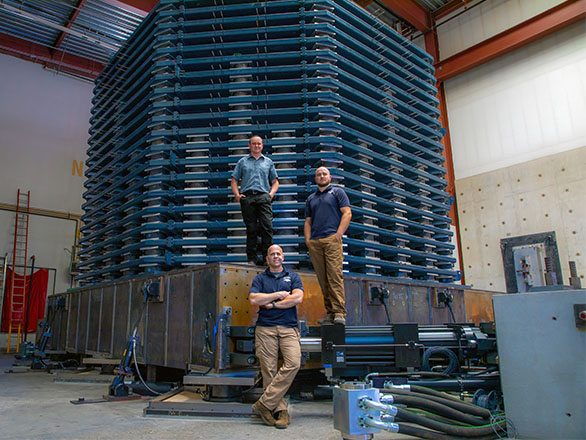
Our facilities
Our earthquake engineering facilities are world class. Learn more about our labs and equipment.
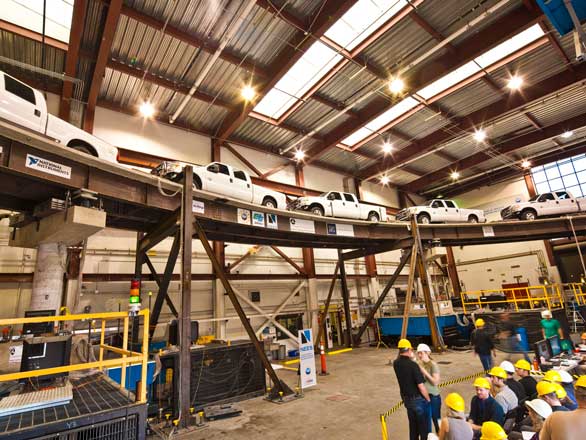
Representative projects
We pride ourselves on handling innovative, complex projects. Learn more about the wide range of experimental set-ups we've tested in our labs.
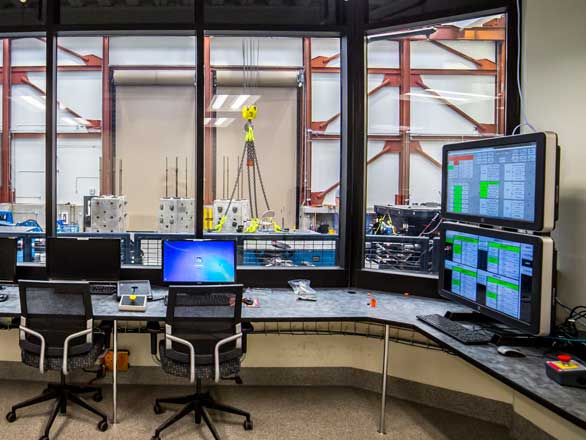
Publications
We've authored hundreds of publications. Browse the list and learn how to request a copy.
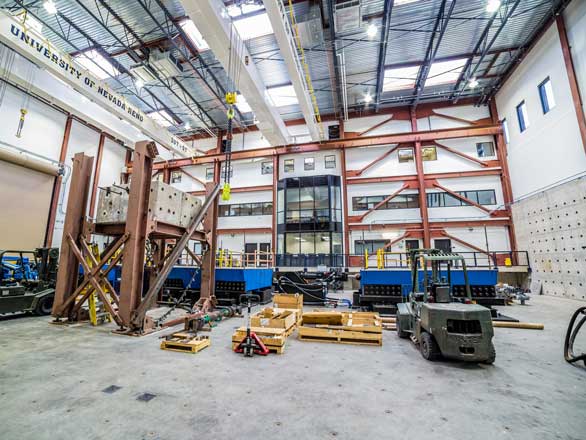
Service to industry
We offer qualification testing for manufacturers, and we've successfully completed over 50 seismic qualification tests since 2000.
Our service-to-industry team can help you test your products under simulated earthquake conditions to ensure they meet state or federal codes, and you'll have access to our team of experienced seismic engineering experts.
CCEER in the news

3D-printed concrete project supports U.S. Army research
Civil engineering faculty are testing 3D-printed structures for use in military operations
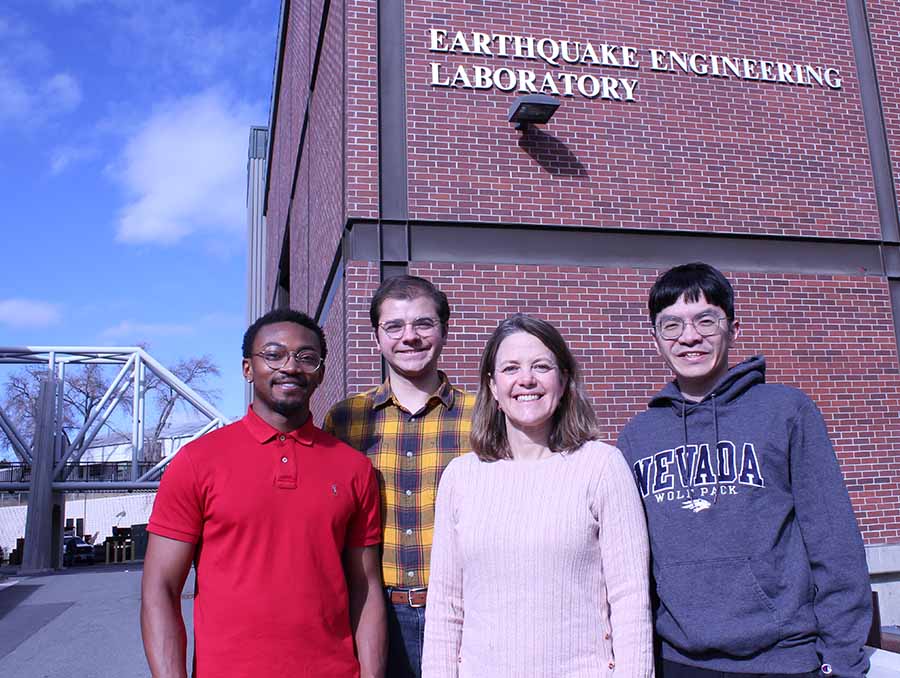
TallWood earthquake resiliency project gets national recognition
Engineering team tested walls and exterior facades of tall timber buildings

University researchers studying Lahaina fire; work could help emergency responders in the future
Hamed Ebrahimian, Neil Lareau are part of interdisciplinary team led by the University of Hawai’i.